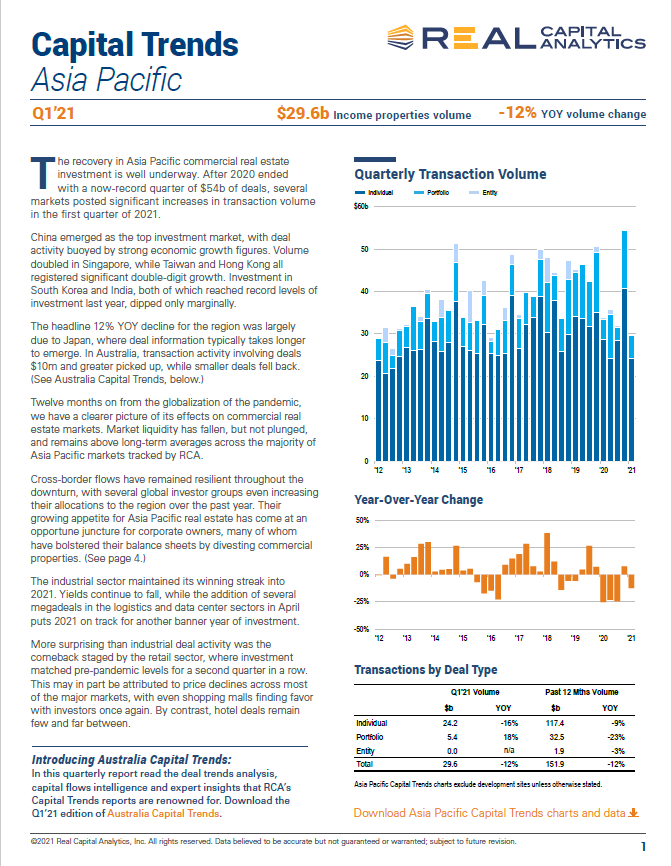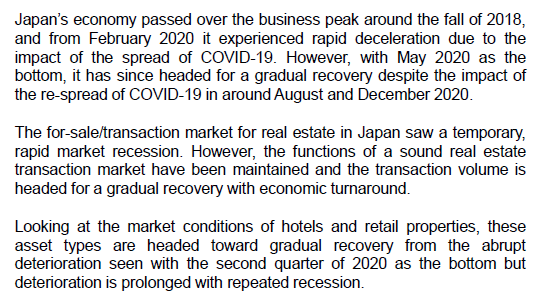Hong Kong SAR1 continues to attract interest from those who recognise the city's longer-term potential, despite challenges faced with COVID-19 and border restrictions that have led to a lack of mainland and international visitors. Nevertheless, the hotel sector performed well in 2021 compared to the year before, with certain hotels being used as quarantine hotels and a boost in staycation demand and extended-stay offerings.
Set to become the world's leading wealth management centre with over USD3.2 trillion assets under management (AUM) by 2025, major infrastructure, commercial and leisure initiatives will further elevate Hong Kong SAR's position as a global city with further long-term potential.
In this special report, we look at:
- The performance of hotels in Hong Kong SAR, the operating environment and the sector's supply up to 2026
- Key trends and challenges in the hotel sector, including technology adoption, asset enhancement and Environmental, Social & Governance (ESG)
- The city's infrastructure and leisure initiatives with potential benefits for the hotel sector
- Challenges and opportunities with investing in hotel assets in Hong Kong SAR
This article was originally published in https://www.colliers.com/en-xa/




